Comprehensive Guide to International Safety Standards for Gas Transport
This guide provides a detailed overview of key international safety standards regulating the transport of hazardous materials. Covering essential frameworks such as the CSC, IMDG, DOT, RID, ADR, TPED, LR, ASME, and TC, the guide explains their purposes, key points, and the specific requirements they impose. By adhering to these standards, organizations can ensure the safe, reliable, and compliant gas transportation across various modes and regions, safeguarding public safety and environmental health.
1. CSC (Container Safety Convention)
Overview: The Container Safety Convention, also known as the International Convention for Safe Containers, ensures that containers used for international transport are safe and suitable for handling and storage.
Purpose: Establishes uniform international safety regulations, including structural safety requirements and periodic inspections, to prevent accidents during the handling, stacking, and transportation of containers.
Key Points:
- Applies to all containers used in international transport.
- Requires containers to have a CSC safety approval plate.
- Mandates regular inspections and maintenance.
2. IMDG (International Maritime Dangerous Goods Code)
Overview: The IMDG Code regulates the safe transport of dangerous goods by sea, providing guidelines on classification, packaging, marking, labelling, and documentation.
Purpose: Enhances the safe and secure transportation of hazardous materials to prevent pollution and ensure safety at sea.
Key Points:
- Covers all aspects of handling dangerous goods.
- Specifies packaging requirements and labelling standards.
- Requires detailed documentation for dangerous goods shipments.

3. DOT (Department of Transportation)
Overview: The DOT regulates the safe transportation of hazardous materials within the United States, ensuring public safety during transport.
Purpose: Protects people and the environment from the risks of transporting hazardous materials.
Key Points:
- Covers all modes of transportation, including road, rail, air, and sea.
- Enforces strict packaging, labeling, and documentation requirements.
- Mandates training for those involved in transporting hazardous materials.
4. RID (Regulations concerning the International Carriage of Dangerous Goods by Rail)
Overview: RID governs the international transport of dangerous goods by rail, providing safety regulations to prevent accidents and ensure safe handling.
Purpose: Standardizes regulations across countries for the safe rail transport of hazardous materials.
Key Points:
- Specifies requirements for packaging, labeling, and documentation.
- Includes provisions for emergency response in case of accidents.
- Applies to all member countries of the International Rail Transport Committee.
5. ADR (Agreement concerning the International Carriage of Dangerous Goods by Road)
Overview: The ADR agreement sets out regulations for safely transporting dangerous goods by road within Europe and other signatory countries.
Purpose: Ensures the safe and efficient transportation of hazardous materials by road and harmonizes transport regulations across countries.
Key Points:
- Establishes requirements for packaging, labeling, and vehicle equipment.
- Includes training requirements for drivers and safety advisors.
- Specifies rules for loading, unloading, and handling dangerous goods.

6. TPED (Transportable Pressure Equipment Directive)
Overview: The TPED directive regulates the design, manufacture, and use of transportable pressure equipment within the European Union.
Purpose: Ensures the safety and free movement of transportable pressure equipment across EU member states.
Key Points:
- Covers pressure receptacles, gas cylinders, and other pressure equipment.
- Requires conformity assessment and periodic inspections.
- Mandates the CE marking and Pi marking for compliant equipment.
7. LR (Lloyd’s Register)
Overview: Lloyd’s Register provides classification and certification services to ensure the safety and performance of ships and marine equipment.
Purpose: Enhances the safety of life and property at sea by setting and maintaining technical standards for the design, construction, and operation of marine vessels and structures.
Key Points:
- Conducts surveys and inspections during construction and throughout the vessel’s life.
- Issues classification certificates indicating compliance with LR standards.
- Provides advisory and risk management services.
8. ASME (American Society of Mechanical Engineers)
Overview: The ASME sets internationally recognized standards for designing, manufacturing, and inspecting pressure vessels and piping systems.
Purpose: Ensures the safety, reliability, and operational efficiency of mechanical systems and pressure equipment.
Key Points:
- ASME Boiler and Pressure Vessel Code (BPVC) is a key standard.
- Specifies design, material, fabrication, testing, and inspection requirements.
- Certification and code stamps (e.g., ASME “U” stamp) indicate compliance.
9. TC (Transport Canada)
Overview: Transport Canada regulates the transportation of dangerous goods within Canada, ensuring the safe and secure movement of hazardous materials.
Purpose: Protects public safety and the environment from the risks associated with transporting dangerous goods.
Key Points:
- Enforces regulations similar to those of the DOT in the United States.
- Covers all modes of transportation, including road, rail, air, and sea.
- Requires packaging, labeling, and documentation compliance.
10. IATA (International Air Transport Association) Dangerous Goods Regulations (DGR)
Overview: IATA DGR sets guidelines for the safe transportation of dangerous goods by air, providing a globally recognized standard.
Purpose: Ensures the safety of air transport by regulating the packing, labeling, and documentation of hazardous materials.
Key Points:
- Specifies stringent packaging and labeling requirements.
- Requires training for personnel involved in the handling of dangerous goods.
- Regularly updated to reflect new safety measures and regulations.
11. ISO (International Organization for Standardization) Standards
Overview: ISO develops and publishes international standards that ensure the quality, safety, and efficiency of products, services, and systems.
Purpose: Facilitates international trade by providing common standards across different countries.
Key Points:
- ISO 11114: Gas cylinders—Compatibility of cylinder and valve materials with gas contents.
- ISO 9809: Gas cylinders—Design, construction, and testing of seamless steel and aluminium alloy cylinders.
- ISO 10461: Gas cylinders—Seamless aluminium alloy gas cylinders—Periodic inspection and testing.
Comparison Table: Key Standards and Their Applications
| Standard | Transport Mode | Key Focus Areas |
| CSC | Sea/Road | Container safety and inspections. |
| IMDG | Sea | Packaging, labeling, documentation. |
| DOT | All | Packaging, training, public safety. |
| ADR | Road | Driver training, vehicle safety. |
| RID | Rail | Emergency procedures, uniformity. |
| TPED | All | Pressure equipment design and testing. |
Understanding and adhering to international safety standards is essential for businesses involved in gas transport. Compliance ensures safety, builds trust with customers, and facilitates seamless operations across borders. Organizations can contribute to safer, more efficient global trade by following these guidelines.
For expert guidance or customized solutions, contact DSW, your trusted partner in gas transportation compliance.

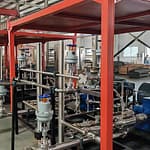

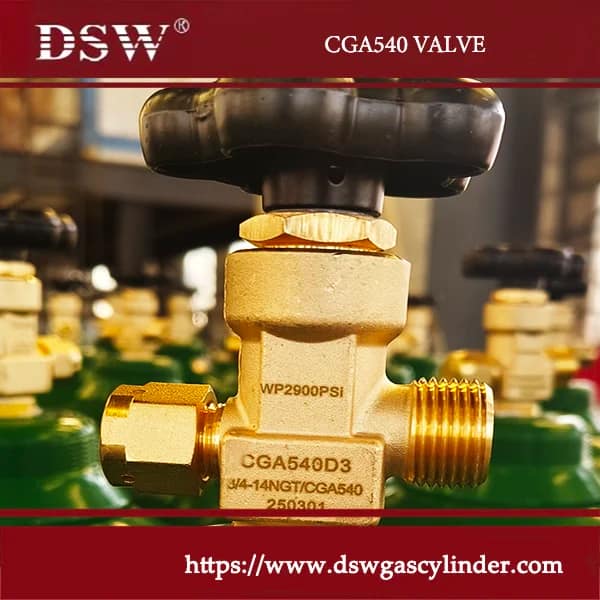
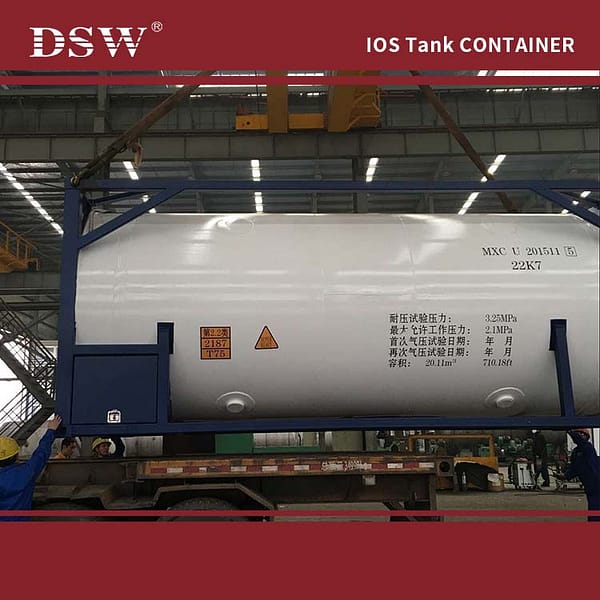


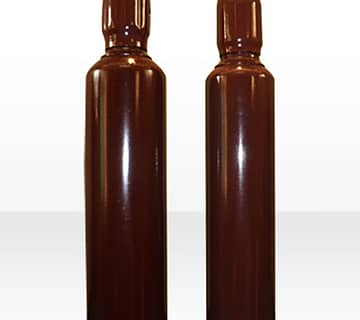
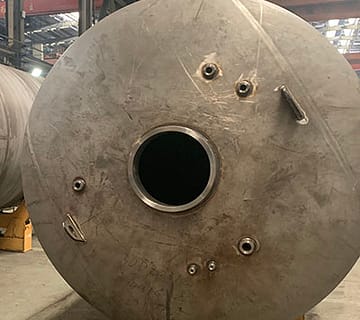
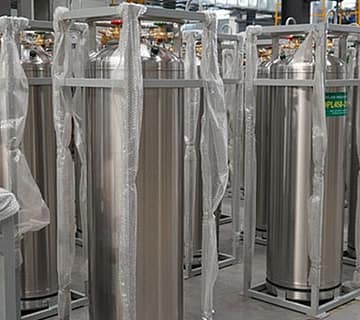

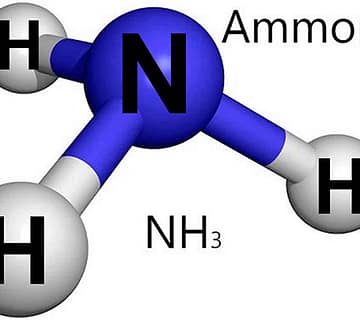
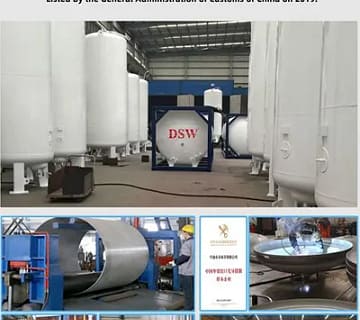
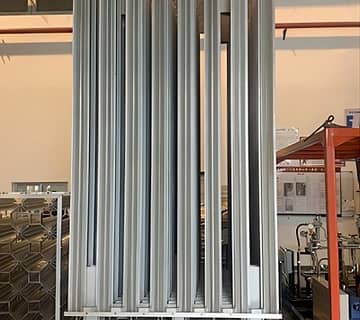
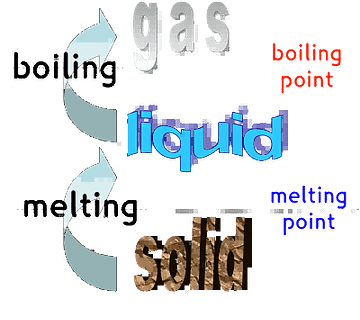
No comment